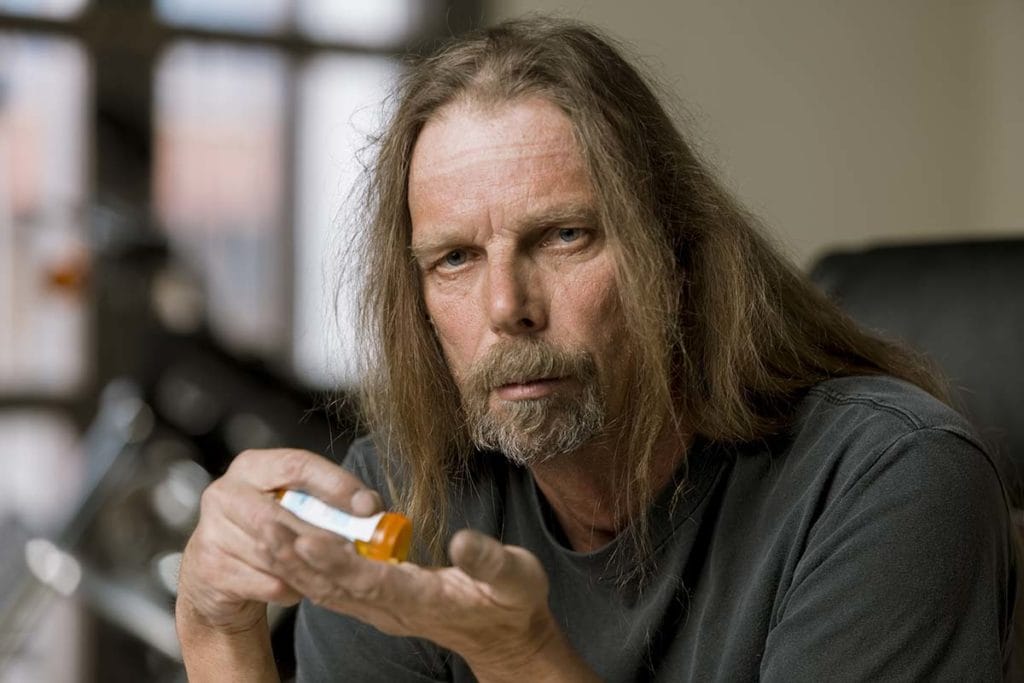
Opioid addiction statistics have become a staple topic of nightly news reporting. The figures sound alarming. The number of painkiller prescriptions keeps increasing. In fact, even you could be at risk of developing an addiction right now.
Who Develops an Addiction to Opioids?
Opioid painkillers are becoming the go-to prescription for doctors who want to ease patients’ pain symptoms. However, in the process, these very same medications contribute to worrisome opioid addiction statistics. The Centers for Disease Control and Prevention (CDC) release a morbidity and mortality weekly report. Its record analysis shows that using opioid painkillers for more than eight days increases the odds of using them again after 12 months. This setup shows the development of a habit. Another CDC report identifies additional risk factors. They include high dosage intakes, a current mental illness, and the ability to receive multiple prescriptions from various doctors. One in four patients with a long-term opioid prescription is at risk of developing an addiction. Without treatment, an opioid overdose is possible. Overdoses can happen when you don’t realize that you already took your pill. Another way that overdoses occur is the mixing of opioids with other nervous system depressants such as alcohol. In some situations, these painkillers can become the gateway drug to heroin use. The National Institute on Drug Abuse highlights that 86 percent of individuals with a heroin habit started by abusing painkillers. Many got their pills from family members or friends. Some went doctor shopping and asked for prescriptions.
What Opioid Addiction Statistics Teach Us
There’s no such thing as a safe opioid painkiller. In the right – or wrong – set of circumstances, it puts you at risk for addiction. It starts slow. Your body develops a tolerance, and you increase the dose. Next, you develop a physical dependence and suffer withdrawal symptoms if you don’t take your pain pills on time. You might now panic and try to quit. The array of withdrawal symptoms scares you. So, you go back to using. You may not have pain any longer, but the fear of the symptoms keeps you from quitting.
Getting Help through Treatment
There’s a way out of this vicious cycle. Drug and alcohol addiction treatment centers routinely work with people just like you who are stuck. You enter a rehab facility where caring therapists help you to stop using. They show you ways to overcome the cravings. Treatments typically include:
- Professionals Treatment Program
- Medical Detox Program
- Family Therapy Program
- Outpatient Drug Rehab Program
Learn how you can avoid becoming a statistic. If you’re suffering right now from an addiction, there’s hope. Call the compassionate therapists at the Palmetto Recovery for help. Dial (866) 848-3001 now.